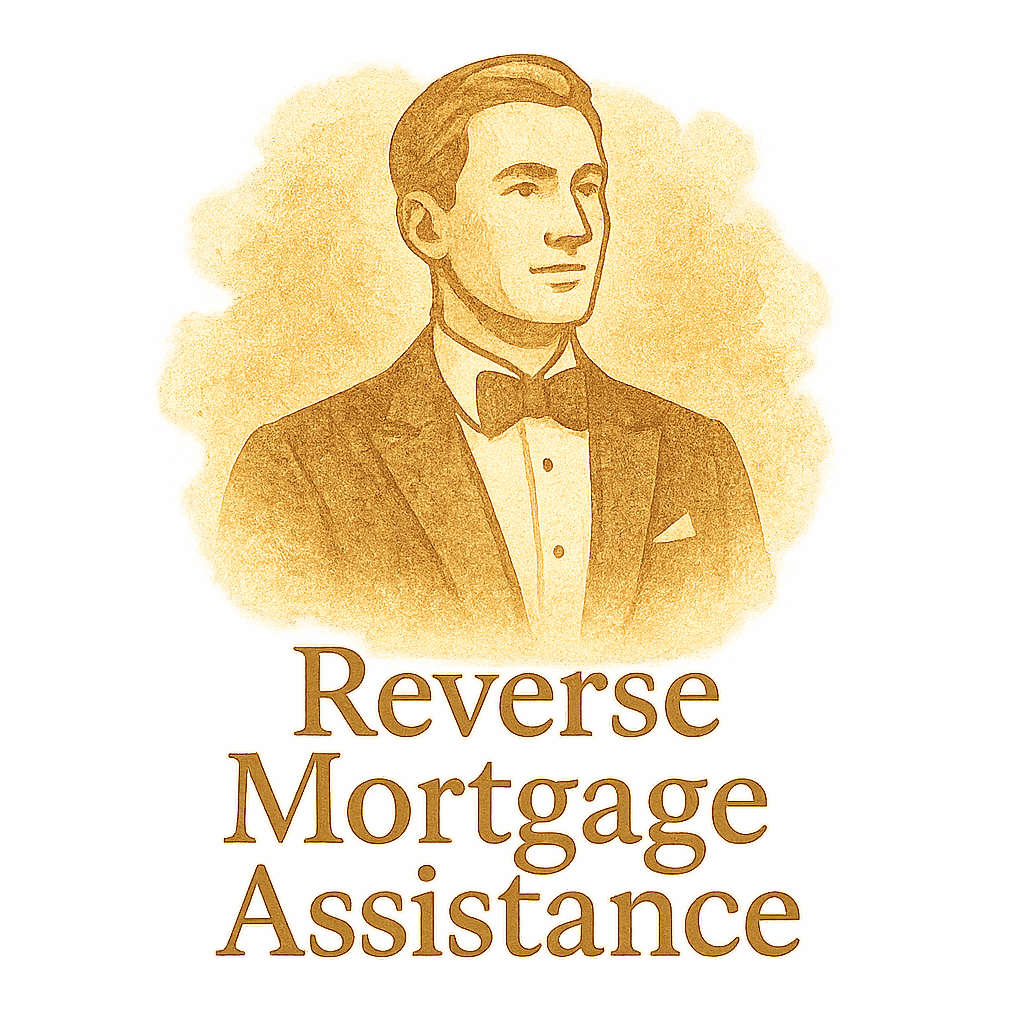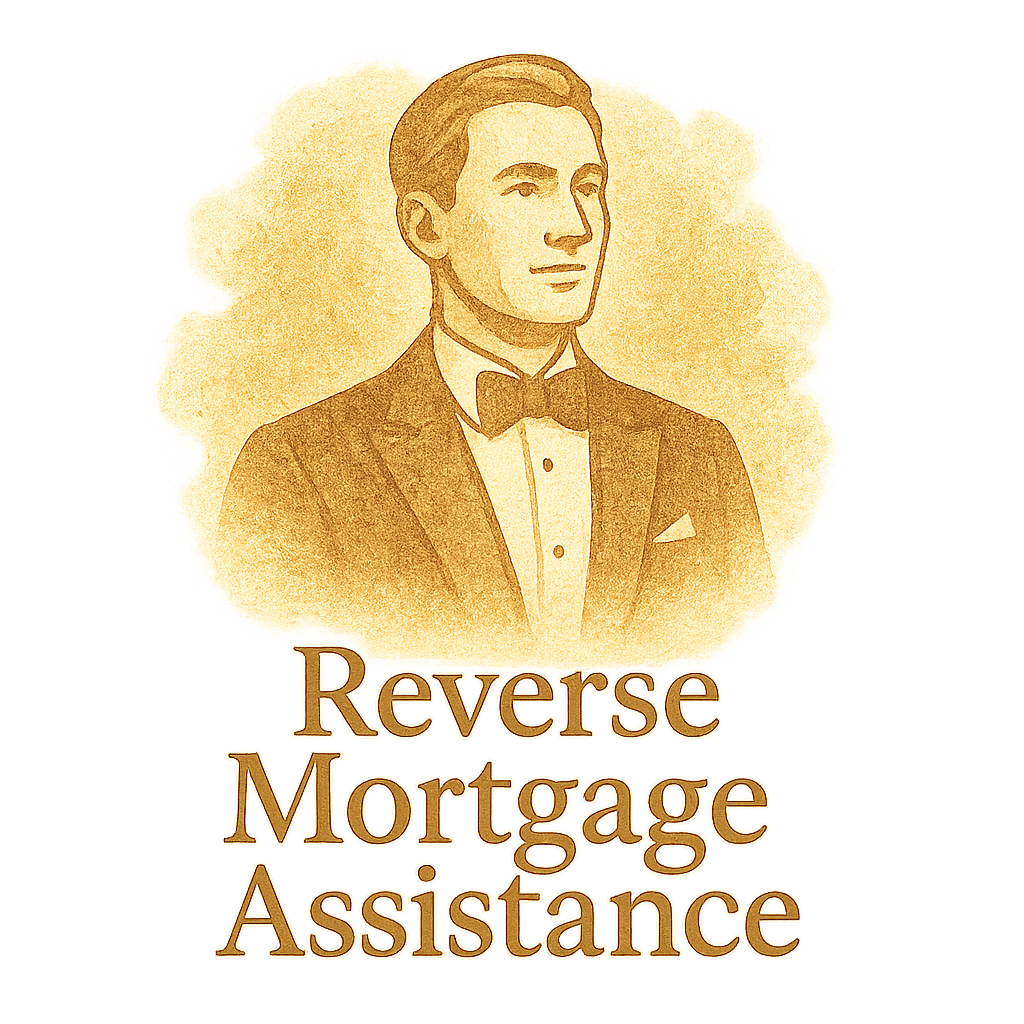Preparing for a reverse mortgage might seem intimidating, but with the right steps and solid guidance, it can actually become one of the smartest moves for your retirement. Whether you’re exploring options or already leaning toward this decision, knowing how to prepare is key. Let’s walk through 10 essential steps you should take to be fully ready for a reverse mortgage.
1. What Is a Reverse Mortgage?
Before jumping in, let’s make sure we’re clear on what a reverse mortgage is. Simply put, a reverse mortgage is a type of home loan that allows seniors to convert part of their home equity into cash. But unlike a traditional mortgage, you don’t make monthly payments — the loan is repaid when the homeowner sells the house, moves out, or passes away.
Learn more about the reverse mortgage basics.
2. Understand If You’re Eligible
Eligibility matters. You must be at least 62 years old, live in your home as a primary residence, and have considerable equity in it. Certain conditions apply depending on the loan type and lender.
To better understand common misconceptions and truths about who qualifies, visit mortgage myths & truths.
3. Explore the Different Types of Reverse Mortgages
Did you know there are multiple types? The most common is the Home Equity Conversion Mortgage (HECM), but there are proprietary and single-purpose reverse mortgages too. Each has its pros and cons.
Compare them here: reverse mortgage loan comparison and explore related content under loan comparison tag.

4. Evaluate Your Financial Goals
Ask yourself: What do I need the funds for? Is it to cover medical bills, make home improvements, or support my lifestyle? Your answer will guide the type of reverse mortgage and payout method that fits you best.
For broader financial planning strategies, check out mortgage planning.
5. Speak With a Reverse Mortgage Counselor
Speaking with a HUD-approved counselor is not just a recommendation — it’s often required. These experts help you understand your obligations, the fees involved, and your rights.
This step ensures you’re making a well-informed decision. It’s all part of the preparation process. Learn more under tag: preparation.
6. Compare Reverse Mortgage Lenders
Not all lenders are created equal. Shop around, compare rates, fees, and read reviews. Use lender comparison tools and always ask questions.
Case studies can be incredibly helpful. Read real-life scenarios under mortgage case studies.
7. Learn the Legal and Regulatory Aspects
There’s legal fine print involved. From contract terms to federal guidelines, understanding the regulatory landscape can help you avoid costly mistakes.
Stay updated by visiting legal and regulatory insights and related articles under legal terms and contracts.
8. Understand the Long-Term Outcomes
What will happen to your home? How does the loan affect your heirs? It’s essential to understand how a reverse mortgage impacts your estate and financial future.
Explore in-depth examples under tag: outcomes.
9. Plan With Your Family
Having a candid talk with your loved ones helps set expectations and avoid misunderstandings. Explain the details, the purpose behind your decision, and what it means for them.
This is especially important if your heirs expect to inherit the home. Planning together ensures peace of mind. Dive deeper into how this affects seniors under tag: seniors.
10. Prepare All Necessary Documents
You’ll need to gather ID documents, proof of income, mortgage statements, insurance, and more. Being organized speeds up the process and reduces stress.
Preparation is half the battle won. For more insights, see tag: preparation.
Conclusion
A reverse mortgage can be a game-changer for your retirement, but it requires careful planning. From understanding the basics to comparing lenders and discussing with your family, each step matters. If you follow this 10-step roadmap, you’ll be well-equipped to make a decision that supports your future and finances.
Want more insights and personalized help? Visit Reverse Mortgage Assistance for expert resources.
FAQs
1. Is a reverse mortgage a good idea for retirees?
It depends on your financial situation. For many retirees with home equity, it offers financial flexibility. But always consider the long-term impact.
2. How much money can I get from a reverse mortgage?
It varies based on your age, home value, and current interest rates.
3. Will I lose my home with a reverse mortgage?
No, as long as you meet the loan terms — like maintaining the home and paying property taxes — you retain ownership.
4. Can I repay a reverse mortgage early?
Yes, you can pay it off at any time without penalties.
5. What happens to my reverse mortgage if I move into a care facility?
If you’re away from the home for more than 12 months, the loan may become due.
6. Are reverse mortgage proceeds taxable?
No, the money you receive is considered a loan advance, not income.
7. Where can I learn more about reverse mortgages?
Start with the Reverse Mortgage Basics page and explore all related topics including retirement, equity, and reverse mortgage.


